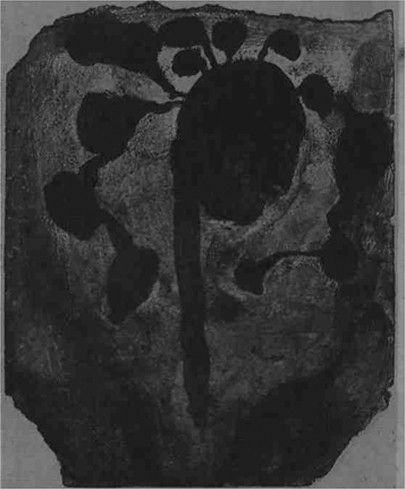Andrew Graham-Dixon on new abstraction from young Italian artists and an old master
WILLEM DE KOONING'S recent paint¬ings (D'Offays) complete the spiritual od-yssey of a great artist — the traumatised Expressionist of the Forties and Fifties has become the tranquil Old Master of the Eighties (de Kooning himself is now 82). In his Expressionist phase, which culminated in the great Woman series of the Fifties, de Kooning cast himself as a neurotic archae¬ologist of the image, dredging up terrifying spectres of female sexuality from the clogged and encrusted surfaces of his paintings. His new works retain de Kooning's characteristic calligraphy, those fluid curves and bulges that suggest the in¬timate contact of flesh with flesh, but in¬stead of struggling out of some primeval slime they float weightlessly in pictorial space. Their abbreviated contours and fragmentary appearance suggest that de Kooning is re-examining the themes of his earlier work in a kind of sublime short¬hand — for all their formal ambiguity and ostensible abstraction these are astonish¬ingly sexual paintings. Late de Kooning is content, as he never was in the past, to leave large areas of his canvas blank, just as he is content to paint in bright, uncontami-nated colours. The spatial complexity of the works is extraordinary — the way in which an apparently simple tracery of brushstrokes is capable of suggesting at once recession (almost like wounds in the canvas) and protuberance (the evocation of arm, thigh or breast). It is as if, by liber¬ating his art from the gravitational pull that made his earlier work so insistently, anx¬iously earthbound, de Kooning has painted himself into an erotic heaven.
Bianchi, Ceccobelli, Dessi, Gallo are four Italian painters in their thirties exhibiting in this country (at Riverside Studios) for the first time. The visitor is greeted by Bruno Ceccobelli's simply titled...


